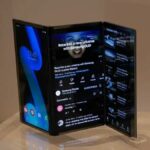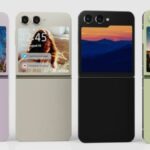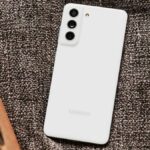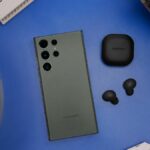
For as long as I can remember, operators and struggling handset OEMs have thrown around the phrase “third ecosystem”. It’s a term that was created to describe the current situation of Apple and Android (specifically Samsung) gobbling up the entire smartphone market, making it impossible for other players to compete. Forget about what the operators want for a second, because they’re not people, they’re corporations. Do consumers actually want a third player to exist?

According to the latest data from the NPD Group, the answer is a resounding no.
During the fourth quarter of 2012, 35 percent of American smartphone owners had an iPhone and 22 percent owned a Samsung Galaxy of some kind. Combined, they controlled 57% of the market. Fast forward to Q4 2013, and those numbers jump up to 42% of American smartphone owners owning an iPhone and 26% owning a Galaxy.
Add those up and you get 68%.
In other words, this mythical “third ecosystem” is nothing more than a creation of some marketing department trying to convince people that being different is somehow “cool”. What really upsets me, however, is that Motorola is losing a lot of love. They used to have over 10% smartphone market share in the US in Q4 2012, but now it’s in the single digits. Granted, the “new” Motorola is still a relatively new company, but I want to see them succeed on their home turf.
And before you start writing angry comments below, yes, I fully understand that the numbers above are for the United States and that the smartphone landscape looks completely different if you look at another part of the world or the world as a whole.



















